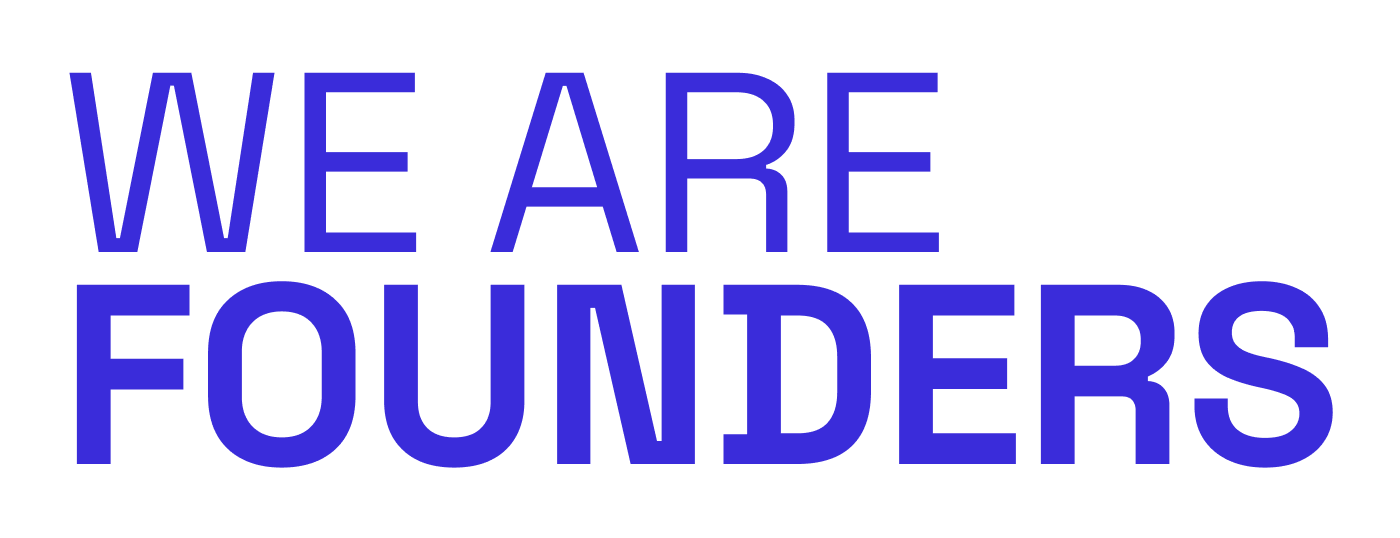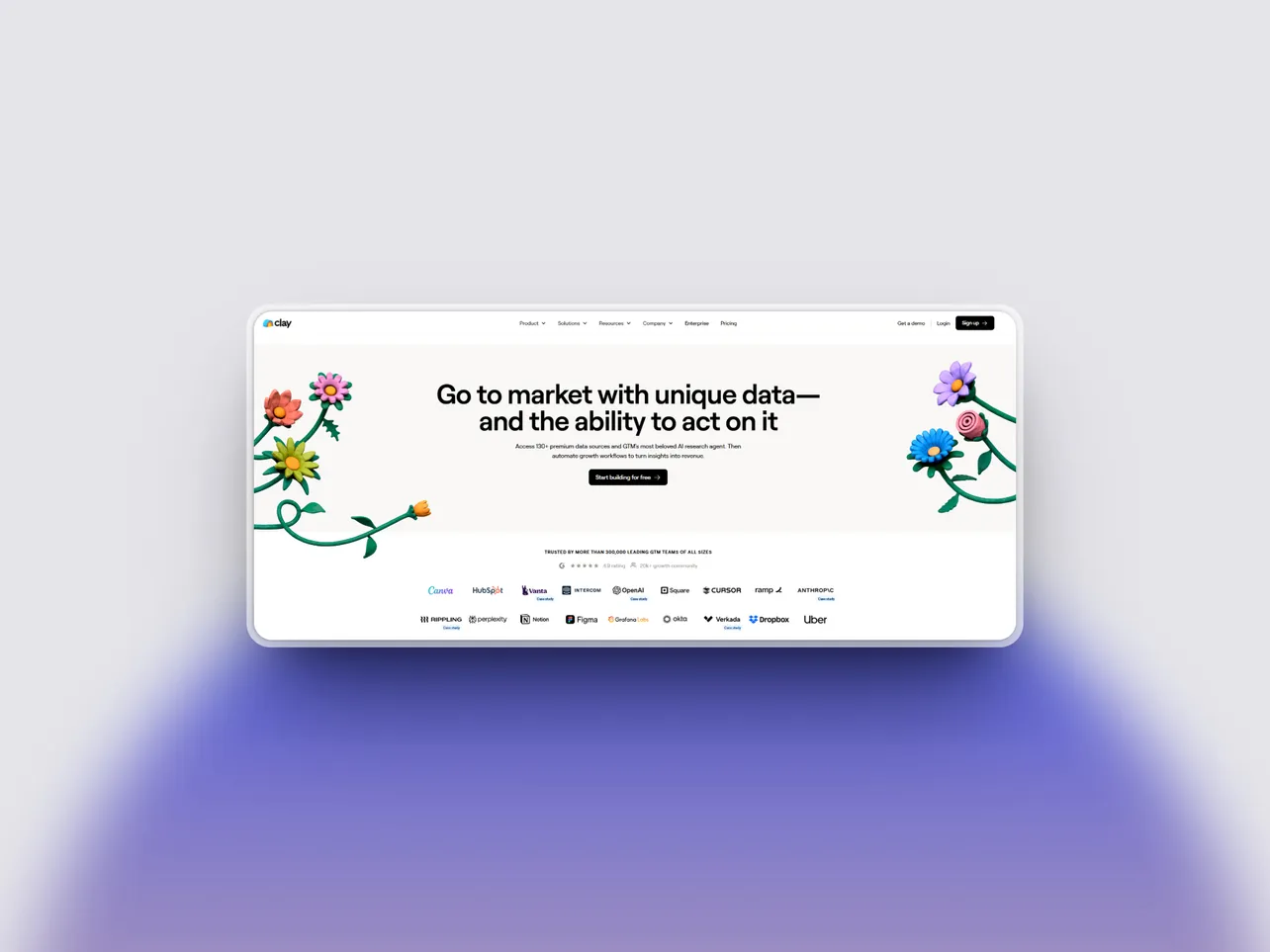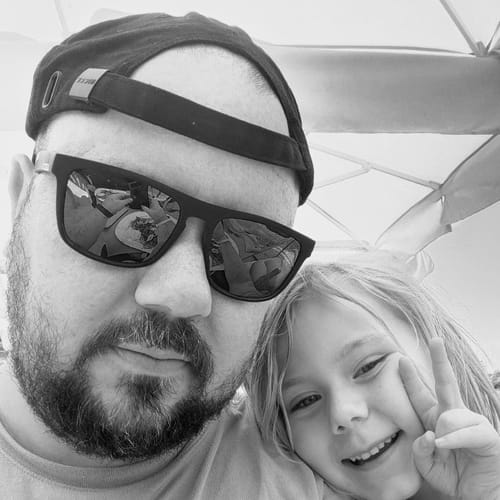Sometimes the best content strategies aren't strategies at all. They're happy accidents that smart founders notice and amplify. And that's exactly what happened at Clay.
The company didn't wake up one day and decide to "do LinkedIn marketing." Instead, they spotted something interesting: their users were already posting about Clay on LinkedIn without being asked.
The Organic Beginning
Lead-gen agency owners were naturally sharing their Clay-built workflows on the platform. And so Clay came to the conclusion that these creators had two clear motivations driving their posts:
- First, they wanted to look smart by showcasing cutting-edge tools
- Second, they were using these posts as lead magnets to attract potential clients to their own businesses
Clay watched this organic movement unfold and realized they had stumbled onto something special. Rather than leave it to chance, they decided to formalize the process through three key programs: Clay Creator, Clay Playbooks, and Clay Expert.
There was no affiliate component until after Clay hit $5 million in ARR. The content creation was purely driven by users wanting to showcase their expertise and attract business.
Key operators like Bruno (growth) and Scott (operations) helped turn this organic motion into a scalable system. Then Tommy on the team introduced a game-changing tool called Yarn that enabled programmatic video content.
The process was beautifully simple: creators could submit a voice note, and within hours, they'd receive a branded product video with their own voiceover seamlessly stitched in.
This meant that with every product release, Clay could distribute dozens or even hundreds of personalized content pieces through creator channels.
The magic was in how organic each piece felt. Nobody watching these videos could tell they were part of a coordinated effort. They looked and sounded like genuine user testimonials and tutorials.
Why LinkedIn Was Perfect
Clay didn't choose LinkedIn because of its massive reach or sophisticated targeting options. They chose it because their users were already there, living and breathing on the platform.
Agency owners practically camped out on LinkedIn, constantly posting to attract clients. And Clay offered exactly the kind of technical workflows that performed well on the platform.
Complex automations, data enrichment processes, and workflow hacks were LinkedIn catnip for this audience.
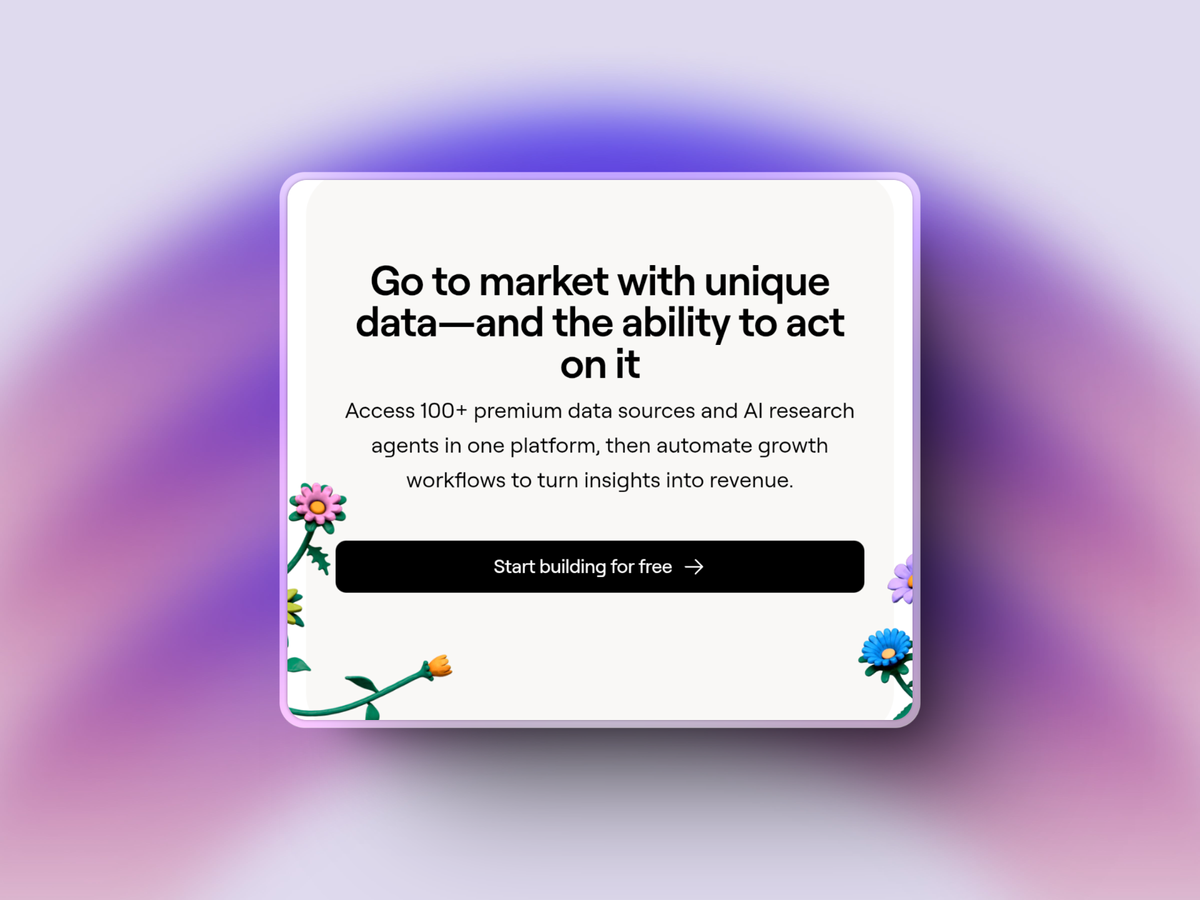
To go one step further, Varun, Clay's founder, had a genius approach to content. He merged personal anecdotes with product use cases in ways that felt completely natural.
One post became legendary in Clay circles. Varun used Clay to help friends in New York find a highly-rated female OB-GYN with admitting privileges at Weill Cornell.
He scraped Google Maps, applied the Genderize API, and filtered through reviews to solve a real consumer problem.
The post went viral because it showed Clay in action on something everyone could relate to. Unlike typical B2B product demos that feel sterile and corporate, this felt human and helpful.
It made people think: "I had no idea you could do that."
This is where Clay's LinkedIn strategy differed from traditional B2B brand pages. Instead of polished corporate content, they leaned into authentic, problem-solving posts that showcased real use cases.
The result was content that didn't feel like marketing. It felt like helpful friends sharing cool tricks they'd discovered. And in the world of B2B social media, that authenticity was pure gold.
Clay's LinkedIn success proves that sometimes the best marketing doesn't look like marketing at all. It looks like helpful people solving real problems with your product.
